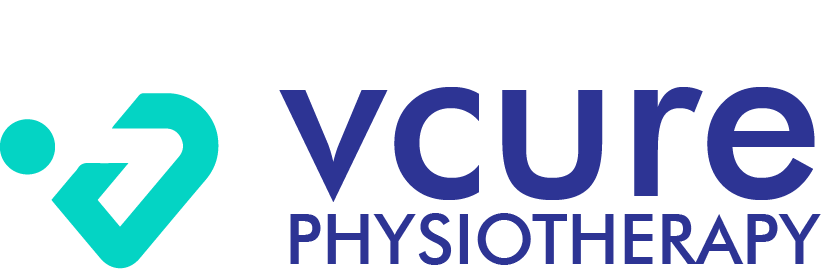Background-
Constraint Induced Movement Therapy CIMT is a new treatment technique for neuro muscular rehab cases. It helps to improve the arm motor ability and the functional use.
It forces the use of the affected side by restraining the unaffected side.
In CIMT, the patients wear a mitt on the less-affected arm. The patient will perform repetitive exercises with the more affected arm only. This is dine for six to seven hours per day.
Who can it be used for?
The patient group eligible are:
- Cerebral palsy
- Hemiparesis
- Stroke
- Multiple sclerosis
- Spinal cord or traumatic brain injuries
Components of CIMT
- use of the less affected arm.
- Inculcating repetitive practice, with the more affected arm.
- Monitoring arm use in life situations and daily activities.
Restraints
The restraints commonly used for CIMT can be sling, cast, splints, gloves, mitt, bandage etc
Patient selection and requirement –
- 10 degrees each of active wrist extension, active thumb abduction and active extension of any 2 other digits all on the affected hand
Treatment models-
1. Unmodified CIMT: promotes the affected limb for 90% of the individuals waking hours. constraining or reducing the use of the unaffected extremity is done for 2-3 weeks.
2. Modified CIMT: The program consists of 3 hours in a day for 5 days/week. This is repeated for 4 weeks.
Advantages
- Functional improvement
- Improved brain activity
- Increase in social participation.
Disadvantages
- minor skin lesions
- muscle soreness
- stiffness
- discomfort
- frustration
Also read- https://vcurehealthcare.com/understanding-behavioural-problems-in-children/





